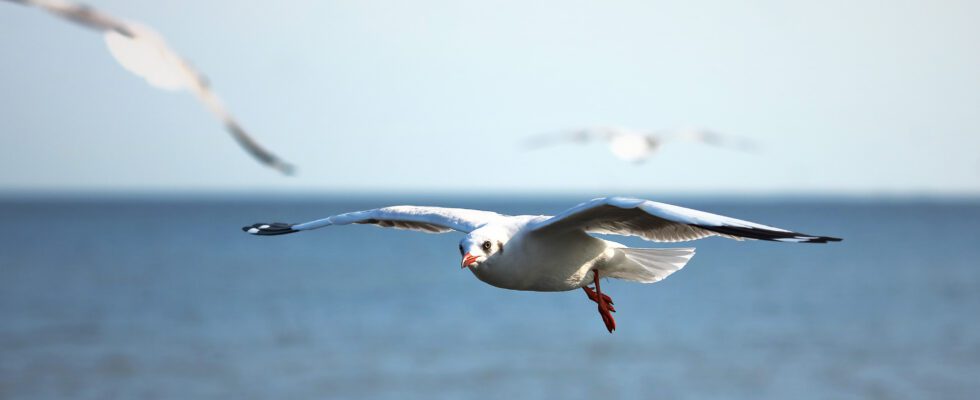A large study conducted by Vattenfall, a Swedish electricity supplier, wanted to determine whether offshore wind farms posed a danger to seabirds, an argument often used to denounce the construction of these devices.
The study, which benefited from an investment of 3 million euros, was carried out for two years over the period from April to October, when the activity of the animals is the highest, in the wind farm of Aberdeen Bay. Located three kilometers from the Scottish coast in the North Sea, it has 11 wind turbines.
No collisions listed
The aim of the study was ” to improve our understanding of the flight behavior of seabirds inside an offshore wind farm “. She was interested in four species: the herring gull, the black-backed gull, the northern gannet and the kittiwake.
Researchers combined radar and cameras to identify species and create a three-dimensional image of the birds’ flight patterns and how they avoid wind turbine blades; Vattenfall did not observe any collisions. ” This is the most important discovery. People have claimed that very expensive solutions would be needed for birds to avoid collisions, but the species we tracked do a great job of avoiding them. They seem quite capable of surviving in a wind environment. explains Henrik Skov, who led the study.
The researchers were also able to observe that the species adopted a different behavior when approaching the wind turbines. While herring gulls and black-legged kittiwakes avoided the blades horizontally about more than 100 meters from the blades, gannets and black-backed gulls only engaged in avoidance behavior when they were at about 45 meters from the wind turbines.
A positive start, but more work is needed
” Through this project, we have been able to collect data that we hope can be used to improve our ability to predict collision risks more accurately and thus provide more realistic numbers for crash estimates. cumulative effect of wind farms in the North Sea says Robin Cox, Vattenfall’s project leader for the study.
If the results of this study are significant, it should nevertheless be noted that it only took into account the behavior of four species. Moreover, Vattenfall claims that its model can and should be applied to other types of seabirds as well as to onshore wind farms. Similar studies need to be carried out in other, larger wind farms in particular.
Although no collision was noted, the impact of these installations on the way of life of the species must also be taken into account. The Vattenfall study will notably enable the Swedish giant to pursue its objective of avoiding the construction of wind farms in the corridors usually used by birds.
Sources: Electrek, Vattenfall

21